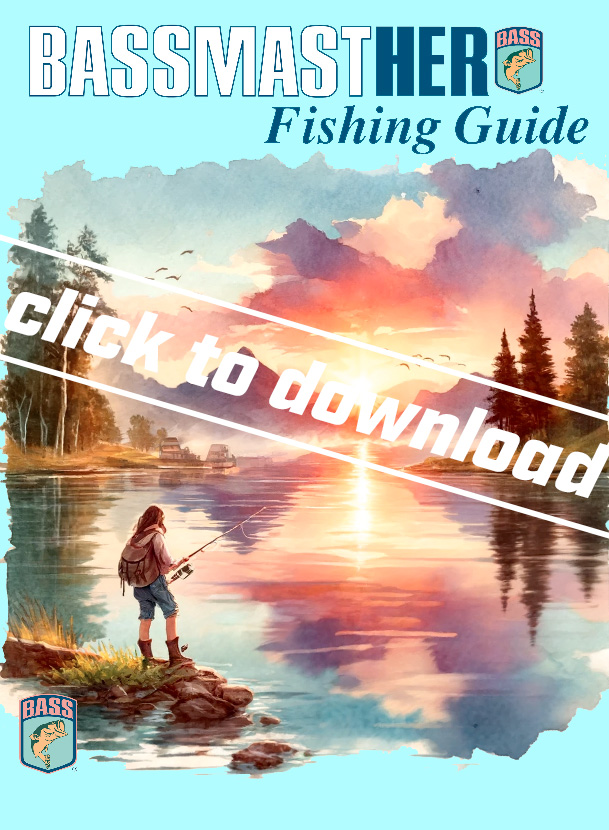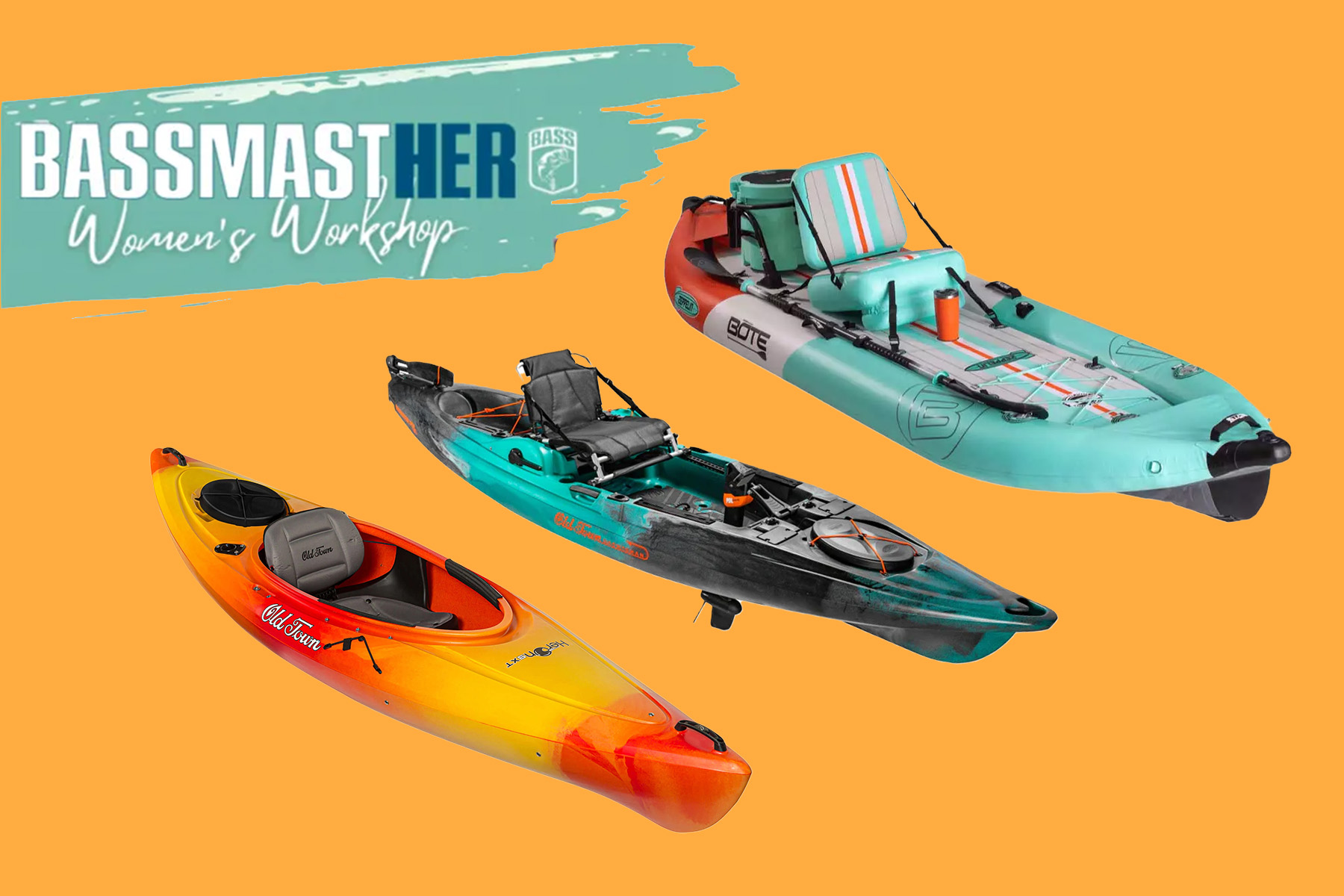
Fishing from a kayak provides a more stealthy, affordable, and flexible way to fish, but it also comes with its own set of challenges.
In this lesson, we’ll explore the essential information you need to know about kayak fishing, from selecting the right kayak to mastering techniques for success on the water.
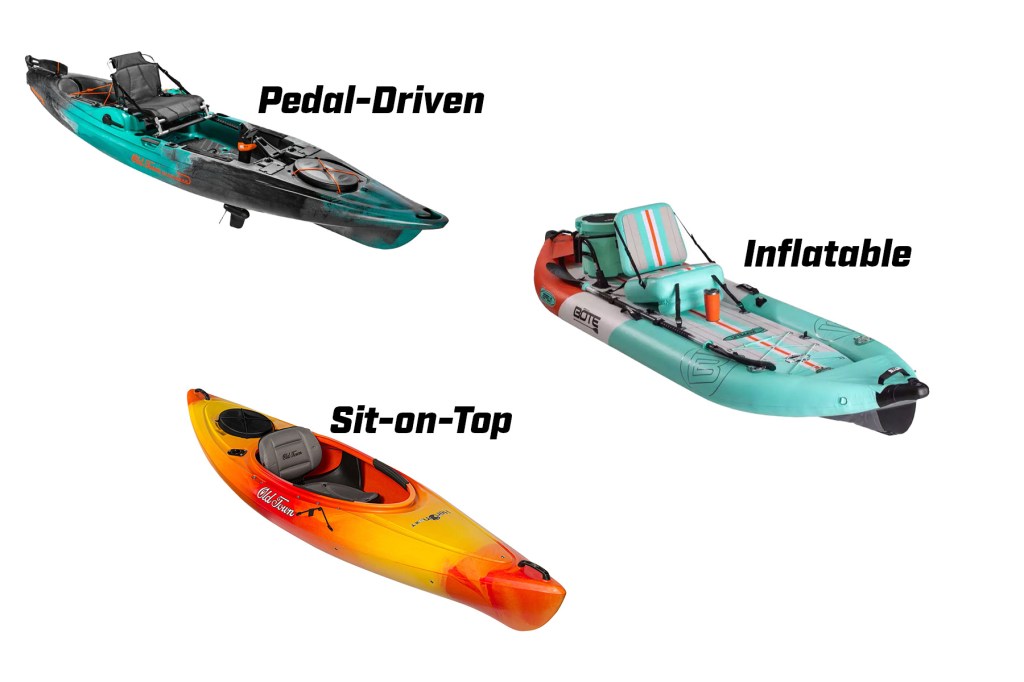
Types of Kayaks for Bass Fishing
Choosing the right kayak is the first step to successful bass fishing. There are different types of kayaks designed for fishing, and each has its own benefits:
- Sit-on-Top Kayaks: These are the most popular style for bass fishing because they offer greater stability, making it easier to stand while fishing. Sit-on-top kayaks also have more storage options and are easier to get in and out of, which is important if you’re fishing all day.
- Pedal-Driven Kayaks: Pedal kayaks allow you to use your legs to power the kayak, freeing up your hands for fishing. This makes them an excellent choice for anglers who want to move while casting and retrieving baits.
- Inflatable Kayaks: While not as durable as hard-shell kayaks, inflatable kayaks are portable and easy to store. They’re a good option for anglers with limited storage space or those who need a lightweight, easy-to-transport option.
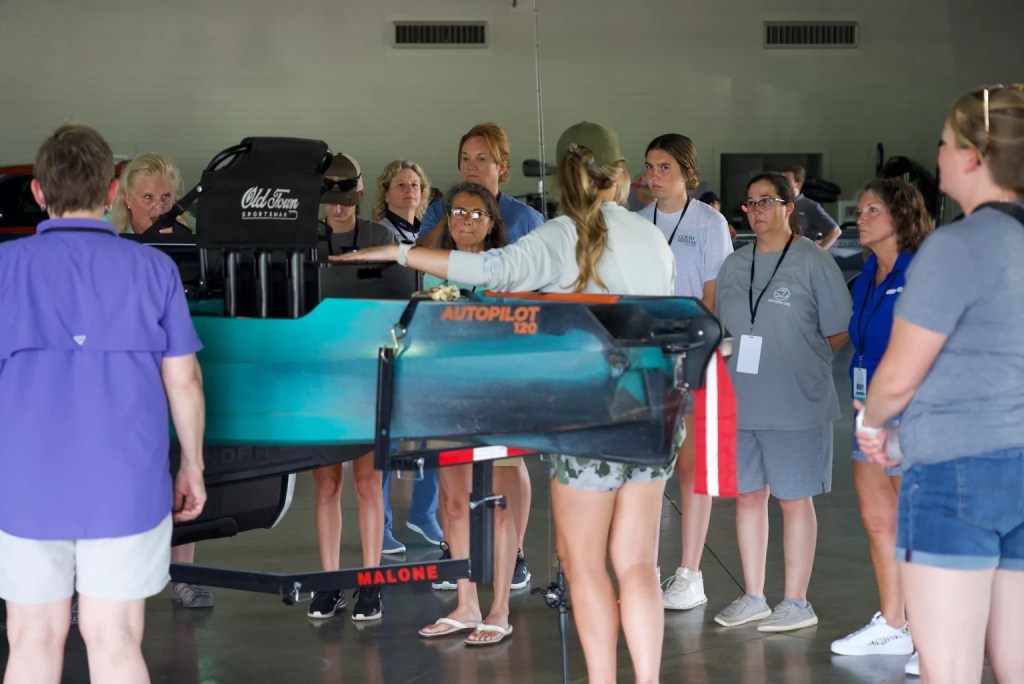
Why Choose a Kayak for Bass Fishing?
Kayaks are an excellent option for bass fishing because of their accessibility and versatility. Here’s why many anglers choose kayaks over traditional bass boats:
- Affordability: Kayaks are significantly less expensive than bass boats, making them a budget-friendly option for anglers who want to get on the water without the high cost.
- Stealth: Kayaks allow you to move silently through the water, which is especially important when fishing in clear, shallow water where bass may be spooked by the sound of a motor.
- Access to Remote Areas: Because of their small size and maneuverability, kayaks can reach areas that are inaccessible to larger boats, such as narrow creeks, shallow flats, or densely vegetated waters where bass often hide.
- Minimal Maintenance: Kayaks require very little maintenance compared to motorized boats. No need to worry about fuel, engines, or trailers—just load your kayak onto your vehicle and hit the water.
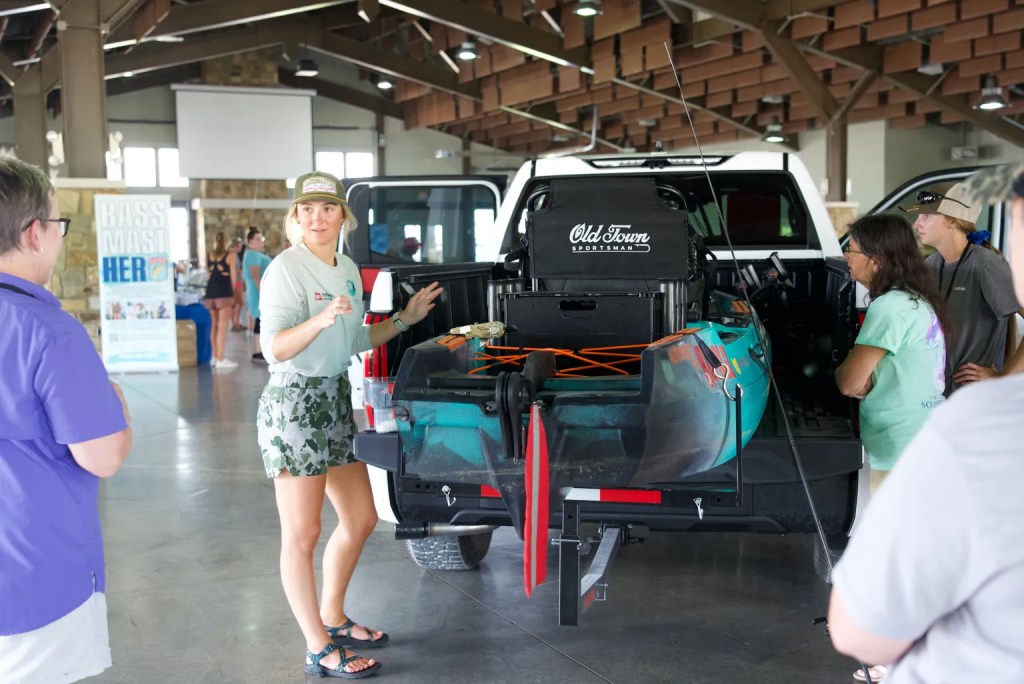
Essential Gear for Kayak Fishing
Fishing from a kayak requires specialized gear to ensure comfort, safety, and success. Here’s a breakdown of the key equipment you’ll need:
- PFD (Personal Flotation Device): Safety should always come first. Wear a comfortable, lightweight PFD at all times when kayak fishing. There are PFDs designed specifically for kayak anglers with additional pockets for gear.
- Anchor System: Since kayaks are lightweight and can be easily pushed around by wind or currents, an anchor system is essential for holding your position while fishing. A simple anchor or a stake-out pole can keep you stationary in key fishing spots.
- Rod Holders: Kayak anglers often need to manage multiple rods, so rod holders are a must. Many fishing kayaks come with built-in rod holders, but you can also add aftermarket options.
- Storage: Make use of dry bags and tackle storage systems to keep your gear organized and dry. Kayaks have limited storage space, so think carefully about what you need and keep your setup streamlined.

Techniques for Fishing from a Kayak
Fishing from a kayak is different from fishing from a bass boat, and there are specific techniques that will help you maximize your success.
- Positioning: Kayak positioning is key to successful fishing. Use your paddle or pedal system to maneuver quietly into prime spots. Once in position, an anchor or stake-out pole will help keep you in place, allowing you to focus on your fishing rather than constantly adjusting your kayak.
- Casting: Kayak fishing requires more accurate casting due to the limited space and closer proximity to the water. Practice casting from both a seated and standing position to improve your accuracy. Standing in your kayak provides better visibility into the water, but only do so if your kayak is stable enough.
- Handling Fish: Space is limited on a kayak, so handling and storing fish can be tricky. Use a fish grip or lip gripper to manage your catch, and keep a small cooler or livewell bag onboard to store your fish.
- Trolling: Many kayak anglers use trolling techniques to cover more water. With pedal-driven kayaks, you can troll hands-free, which allows you to fish multiple rods at once. If you’re using a paddle kayak, simply let the wind or current help push you along as you slowly retrieve your bait.

Safety Tips for Kayak Fishing
While kayak fishing is fun and exciting, safety should always be a priority. Follow these essential safety tips:
- Always Wear a PFD: Even if you’re an experienced swimmer, wearing a PFD at all times is non-negotiable. Accidents can happen, and it’s important to be prepared.
- Check the Weather: Wind and weather conditions can change quickly, especially on larger bodies of water. Always check the forecast before heading out and avoid kayaking in high winds or thunderstorms.
- Stay Visible: Use bright-colored kayaks or attach a flag to your kayak to increase visibility, especially in areas with motorboat traffic. Many kayak anglers also attach small lights for low-light or foggy conditions.
- Be Aware of Your Surroundings: Keep an eye on currents, wind direction, and nearby boat traffic. Stay out of busy channels or areas where larger boats may not see you.
Final Thoughts
Fishing from a kayak offers a unique and exciting way to pursue bass, giving you access to remote areas while providing a closer connection to the water. Whether you’re fishing from a sit-on-top kayak or using a pedal-driven model, mastering the basics of kayak fishing will make your time on the water more enjoyable and productive. With the right gear, proper techniques, and a focus on safety, you’ll be well on your way to becoming a successful kayak angler.
